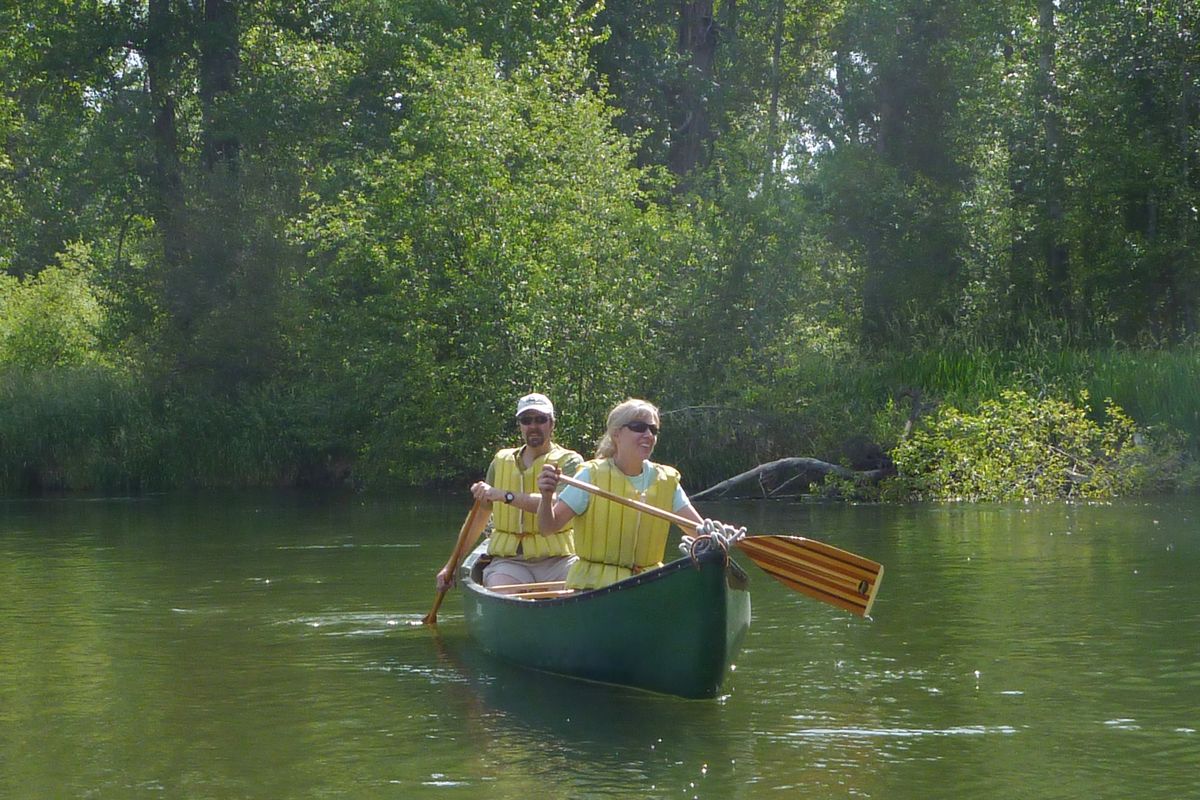Republicans seek land funding change

WASHINGTON – The lights went out last week for a program that has supported local and national parks for 50 years, but maybe not for good.
Legal authority for money to flow into the Land and Water Conservation Fund expired Wednesday as the federal fiscal year ended without a key decision by Congress. New deposits could resume later this fall if lawmakers decide how to divide the money from federal oil and gas royalties.
Rep. Cathy McMorris Rodgers said changes are needed to limit funding for federal land acquisitions.
The Northwest Sportfishing Industry Association issued a statement saying its members were “appalled” that Congress had shelved the fund.
Since being established in 1965, the fund provided nearly $1 billion to Washington and Idaho to establish and maintain federal, state and local parks as well as to support other conservation services.
It financed 18 different projects in Spokane County, boosting protection of the Little Spokane River Natural Area and supporting improvements at Friendship and High Bridge parks.
The purpose of the fund, however, generated a dispute over how much should go to states and how much should be used for federal land purchases.
Historically, 62 percent of the fund went to acquire land for federal agencies, 25 percent for state projects and 13 percent for other purposes, according to a 2014 Congressional Research Service report.
The federal government controls more than 635 million acres across the country, including more than 28 percent of Washington and 62 percent of Idaho, another service report said. Some GOP leaders say the federal government cannot effectively maintain all this property.
Federal land acquisitions are often poorly managed and inaccessible to the public, McMorris Rodgers said recently in a statement. If changes are made, it’s likely the fund could be back soon, she added.
“As we look to reauthorization, we must bring the LWCF into the 21st Century,” the Spokane Republican said. “I want to look at ways to strengthen our state and local parks and limit the practice of bureaucrats in (Division of Conservation Services) buying up large swaths of farmland and rangeland.”
But with no other plan in place, millions of acres will go unprotected, and urban parks and other projects will suffer without the program, countered Jessica Goad, advocacy director at the Center for Western Priorities.
The Land and Water Fund Coalition says a steady stream of non-taxpayer money is critical to responding to public access needs as they arise.
For example, a 2004 expansion of Mount Rainier National Park allowed work to minimize flooding of the Carbon River Road, reducing maintenance costs while creating new campground and trail facilities and providing more reliable public access.
Bills to permanently authorize the fund were introduced in both chambers of Congress with bipartisan support. But neither has come to a vote.
The House bill has 175 co-sponsors, including all six Democratic representatives from Washington, as well as Republican Dave Reichert. Neither Idaho representative has signed on.
An identical Senate bill has 17 co-sponsors, including Sen. Patty Murray, D-Wash.
A separate energy bill sponsored by Sen. Maria Cantwell, D-Wash., would reauthorize the fund, but with a new distribution formula – 40 percent to states, 40 percent to federal agencies and the remainder at the discretion of Congress. It lacks strong Republican support.
“We need to protect the open space that is so important to the Washington economy,” Cantwell said in a statement.
Unless the fund’s legal authority to receive royalties from the leases is renewed, it can’t get new money. The balance will eventually go to zero and the program will stop.
Outdoors editor Rich Landers contributed to this story.